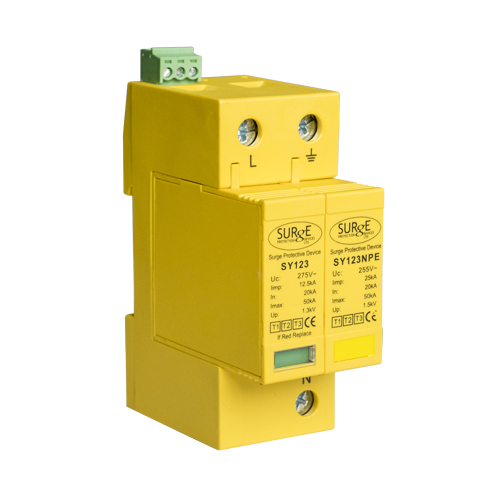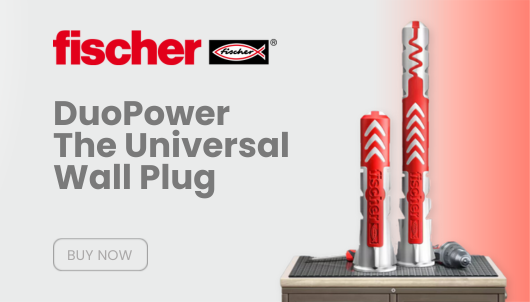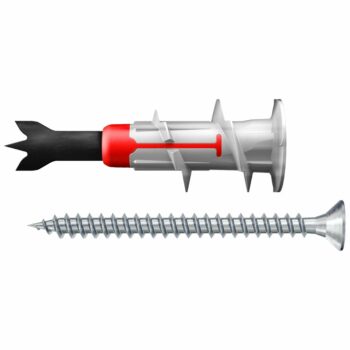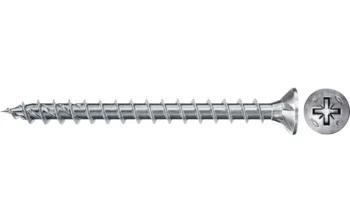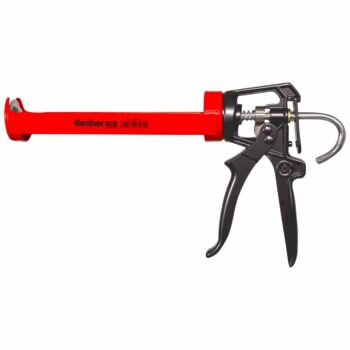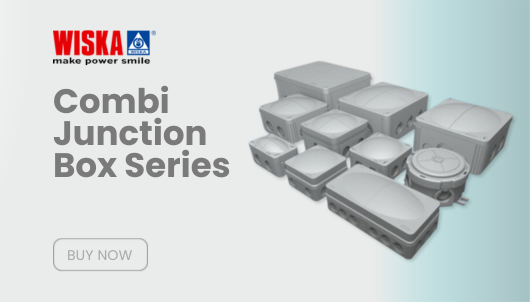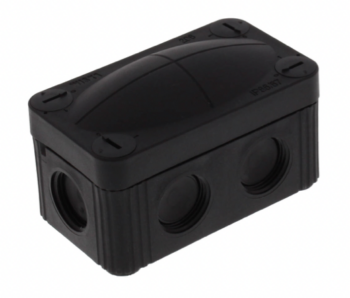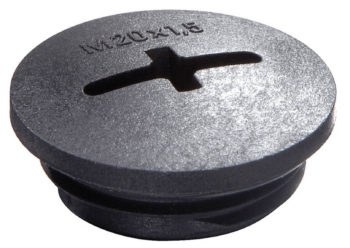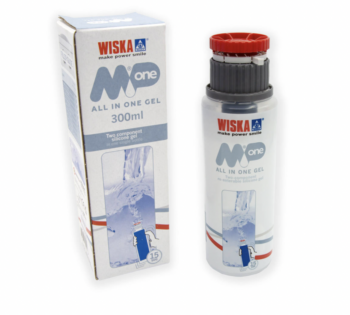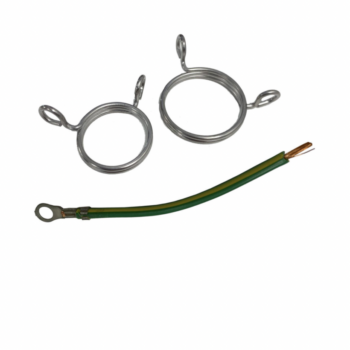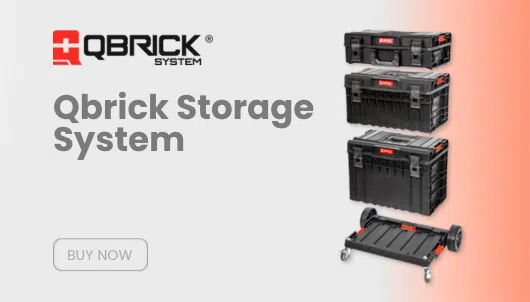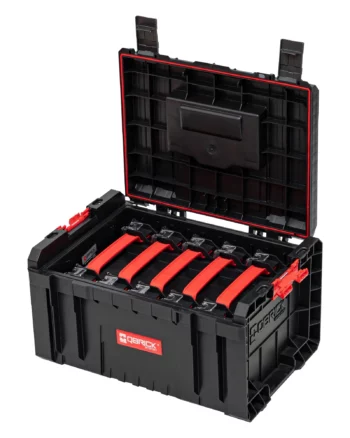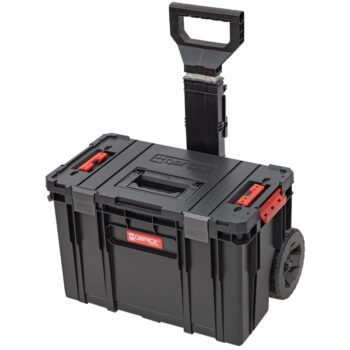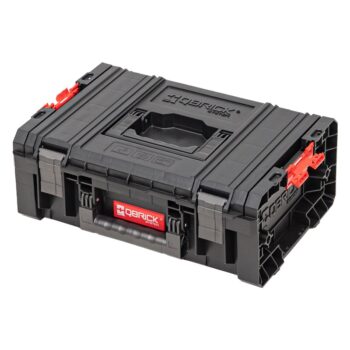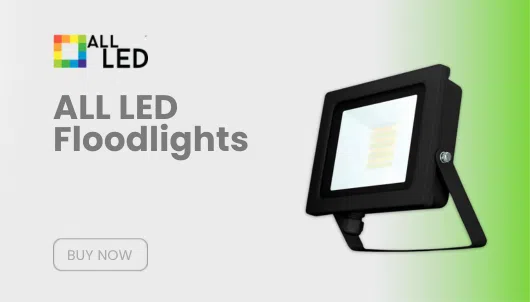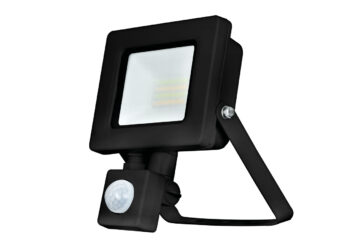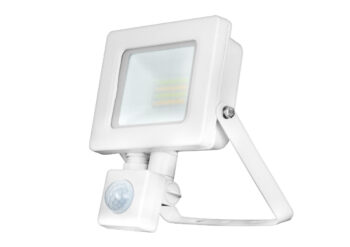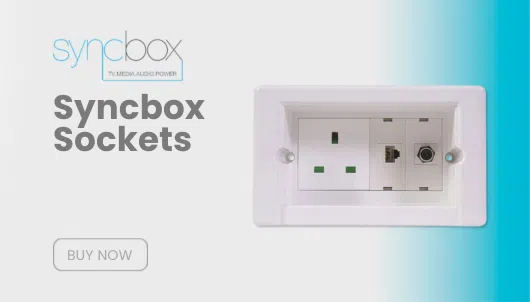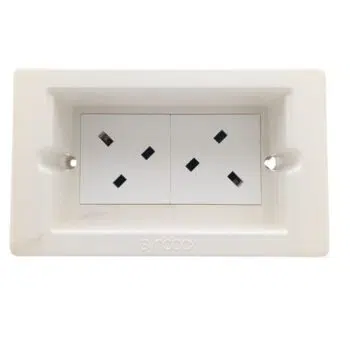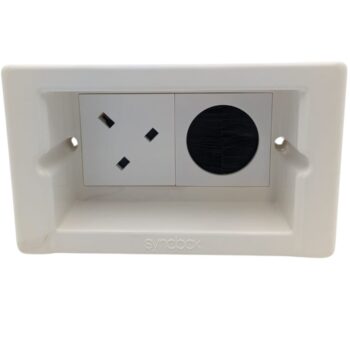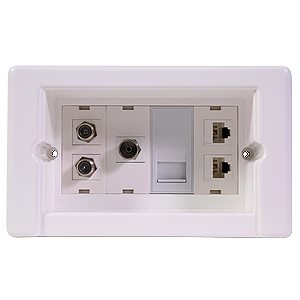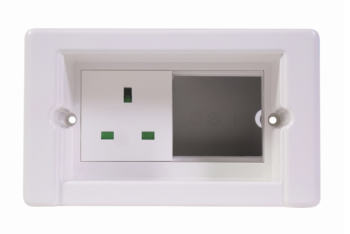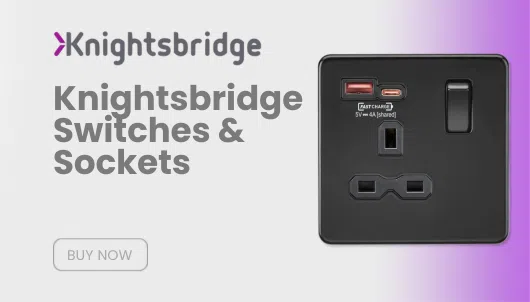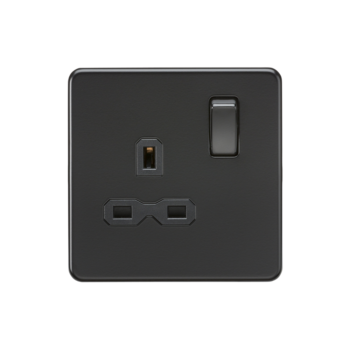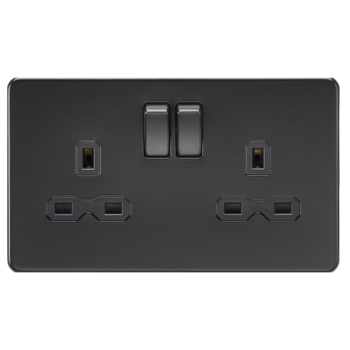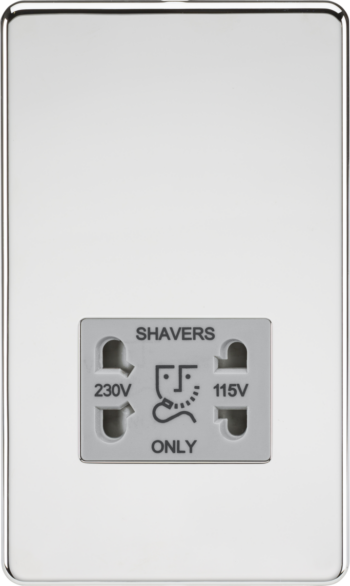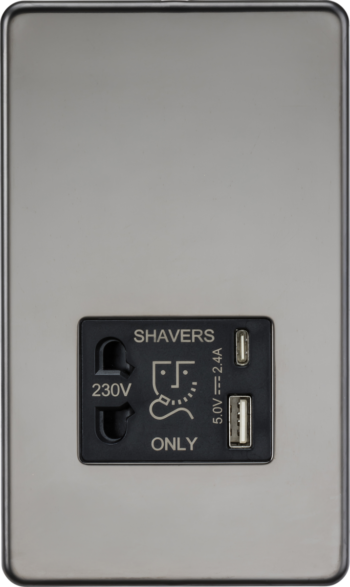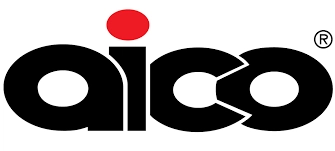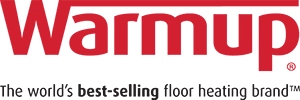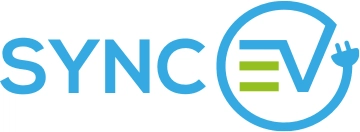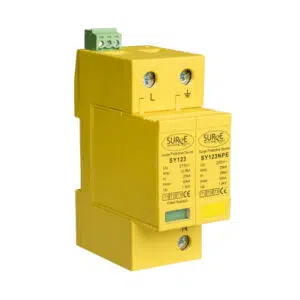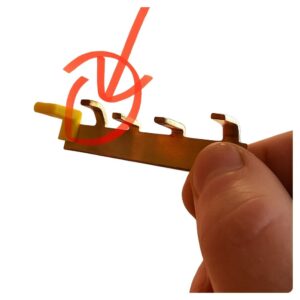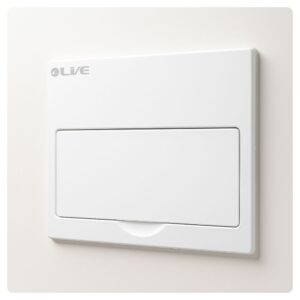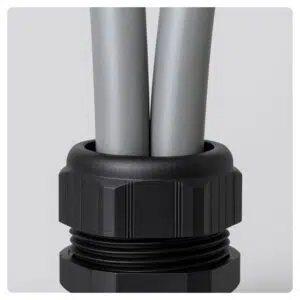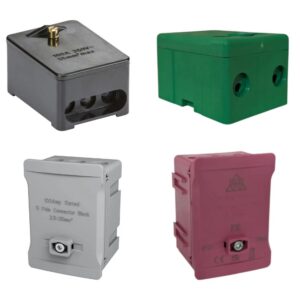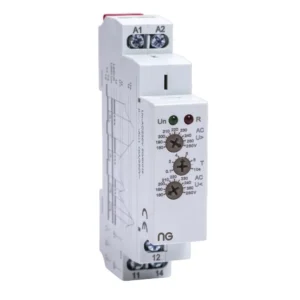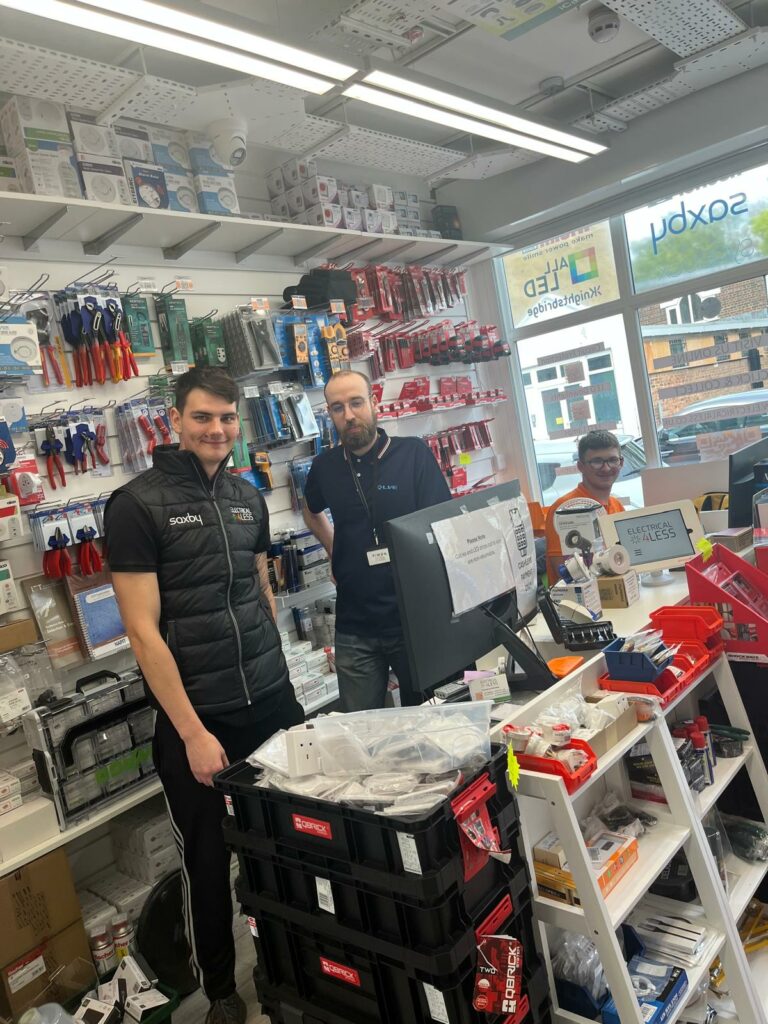Surge Devices are essential to protecting your electrical infrastructure from damage caused by lightning, grid switching, and transient overvoltages. As modern installations become smarter and more sensitive, SPDs are no longer optional—they’re a regulated requirement in most systems.
This guide covers everything you need to know about SPDs, their legal context under BS 7671, system-specific selection (TN-C-S, TN-S, TT), and the industry-leading solutions from Surge Devices Ltd, a UK manufacturer of premium surge protection.
🔍 What Is a Surge Device?
A Surge Device, also known as an SPD (Surge Protection Device), is an electrical component that diverts excess voltage safely to earth, preventing damage to your wiring, devices, and infrastructure.
Modern SPDs are:
- Pluggable and modular
- DIN rail mountable
- Available for Type 1, 2, and 3 protection levels
- Designed for all major earthing systems: TN-S, TNC-S, TT
📋 Why Surge Devices Are Now Required (BS 7671:2018+A2)
According to BS 7671:2018 Amendment 2 – Regulation 443.4.1, SPDs must be installed where transient overvoltages could:
- Cause serious injury or death
- Interrupt a safety service (e.g. smoke alarms, fire systems)
- Lead to significant data or financial loss
Even if those risks don’t apply, an SPD must still be fitted unless the client formally accepts the risk in writing.
📖 Reference: [BS 7671:2018 Amendment 2 – Regulation 443.4.1 and 534.4.3]
📘 Source: Surge Devices Ltd, Surge Brochure 2023
🛡️ Types of Surge Protection Devices
| Type | Function | Use Case |
|---|---|---|
| Type 1 | Handles direct lightning currents | Buildings with lightning protection (LPS) |
| Type 2 | Blocks switching surges | Most homes, offices, control boards |
| Type 3 | Filters residual surges | At plug level – PCs, alarms, AV gear |
Many SPDs today are Type 1+2+3 combined, especially from Surge Devices Ltd.
🌍 Earthing Systems & SPD Compatibility
📘 Regulation 534.4.3
BS 7671 identifies Connection Types to ensure SPDs are safe for your system:
- CT1: For TN-S and TN-C-S systems – uses direct neutral-to-earth protection
- CT2: For TT systems – avoids leakage that can trip RCDs
🔎 Only CT2 SPDs are suitable for TT installations.
Surge Devices Ltd clearly labels each SPD model by compatibility.
🏗️ Real-World Applications for Surge Devices
| Sector | Examples |
|---|---|
| Residential | Consumer units, smoke alarms, EV chargers |
| Commercial | Distribution boards, fire panels, lighting |
| Industrial | MCC panels, automation control, HVAC |
| Renewables | PV arrays, inverters (600V–1000V DC) |
| Data/IT | BMS, telecom cabinets, rack UPS |
✅ Featured Surge Devices (with Tags)
| Product | Category Tags |
|---|---|
| 10812/LEDENCM | Type 1 and 2 Combined SPD |
| SY2-D/ENCM | SPD for TNC-S System, Type 2 SPD |
| LSPDPV600 | SPD Surge Protection for Solar Panels, Type 1 SPD |
| SPDPV1000 | SPD Surge Protection for Solar Panels, Type 2 SPD |
| 320002/ENC | SPD for TT System, SPD with LED Indicator |
💡 Browse all:
🔗 SPD – Surge Protection Devices
❓ Surge Protection FAQs (Real Questions, Real Answers)
Yes—if your consumer unit supplies a smoke alarm or critical load, SPDs are required under BS 7671.
No. Only SPDs designed to CT2 configuration are suitable for TT systems. Otherwise, RCDs may trip due to leakage.
A visual window is a passive indicator showing status by color change. LED units are powered, offering real-time visibility.
❓ Surge Protection FAQs – Do not ignore this one!
Yes, but it must be done correctly.
You have two safe options when adding an SPD to an existing consumer unit:
✅ Same-brand SPD installed directly to the busbar
Use an SPD that is designed by the same manufacturer as your consumer unit. It will slot directly onto the busbar alongside the other breakers—safe, compliant, and a perfect mechanical fit.
✅ Any SPD supplied via an MCB from the same brand as the board
Install an MCB (matching the consumer unit brand) onto the busbar. Then mount the SPD next to it and wire it from the MCB using a 6mm² cable (typically used in domestic setups). This supplies the SPD correctly without connecting it directly to the busbar.
⚠️ Never connect a third-party SPD directly to a branded busbar unless it’s specifically designed to fit—it may cause faults, poor connections, or invalidate warranty.
📞 Ready to Protect Your System?
Whether you’re upgrading a domestic board or specifying SPDs for a solar installation, Surge Devices Ltd and Electrical4Less Ltd have the right protection for your job.
🛒 Shop SPDs at: www.electrical4less.co.uk
🔧 We are an authorised stockist and distributor of Surge Devices Ltd products.
🌐 Connect with Us
Stay updated on new surge protection regulations, product launches, and electrical insights:

